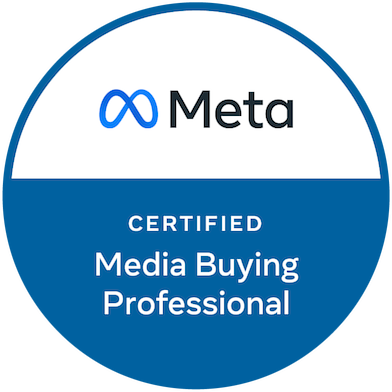Yay, a user clicked on your teaser and landed on your website – whether the visitor came to you from a search engine or social media does not matter at first. Ideally, they will stay on the site for a long time, view several pages, download PDFs, sign up for the newsletter or buy your products. Then your content marketing strategy will work. Teasers should whet the appetite of your target group for your offer. And with the following ten tips for writing perfect teasers, you will not just whet their appetite, but make them ravenously hungry!
Tip 1: Stimulus, Thesis, Cliffhanger
Ideally, the following train of thought takes place in the reader’s mind: “Ooh, that’s interesting! I didn’t know that. I have to read it!” This cinema of the mind is especially created when you put signal words at the beginning of the teaser, for example superlatives and enumerations. If you introduce an exciting topic that you don’t explain completely, a cliffhanger is created. You’re probably familiar with this from TV series that end with a dramatic but still incomplete preview. How often did you think, “Okay, one last episode”? Gotcha! And that’s the phenomenon you should apply to your teaser and content marketing.
Tip 2: Short Sentences
Do without run-on sentences in the teaser (or generally when texting for online)! Use main sentences with a simple sentence structure instead. And you better make two short main sentences out of nested relative sentences. Bad example: “The VW van, the popular car model, which was already a hipster car in the 70s, is now going into production once again”. Write better: “The VW van has been a hipster car since the 1970s. Now the popular car model is going into production again.” When does a sentence become a run-on sentence? If it contains more than 15 words and more than one comma.
Tip 3: Use Familiar Terms
Use only words that young Jane Doe would understand. Unknown technical vocabulary will deter many readers. And by the way, the search volume for technical vocabulary is also much smaller. Who is looking for a motor vehicle when they want to buy a car?
Tip 4: Formulate Actively
Active formulations are more attractive to the reader than passive ones. Because the reader learns directly: Who does what? Passive formulations often conceal who the actor is. Instead of “Lamas may be fed”, “You may feed Lamas” is better.
Tip 5: Make a Clear Statement
Who does what, when and where? The user must be able to quickly know what is at stake. Of course, not every teaser has to contain a time and place. But if they are necessary to understand the text – give them to your reader! The text “Forecast for 2020: Frankfurt Airport groans under passenger rush” makes it directly clear what it is all about. On the other hand, “68.5 million passengers are expected in 2020” would be very implicit and therefore less appealing.
Tip 6: Omit Source and Age Information
Of course, you can and should disclose your sources, especially if they offer added value to the user. But this doesn’t have to already be revealed in the teaser – unless they are relevant for enticing the reader. Have you interviewed a nutrition expert on a topic? Great! Then you should write: “Nutrition expert warns of…” But don’t write “Professor Doctor Müller Lüdenscheid, specialist in gastroenterology, 52, …” Because if Mr. Lüdenscheid is not known outside of professional circles, the reader is not interested in his title, his age or even his name.
Tip 7: Be Unique
This tip is sometimes the most difficult. Because here you need creativity. Try to avoid frequently used phrases. For example: “More and more people…” or “Scientists have found…”.
Tip 8: Tension Through Punctuation
Dashes and colons encourage the reader to think along – but only if they make sense. Do it right: You save space and words.
Tip 9: Ask Questions Only In Exceptional Cases
Questions are only allowed if they are addressed to the user (“How well do you know the King of Pop?”) or if the content answers the question (“Grilling – What is allowed and what isn’t?”). A question that the text doesn’t answer will disappoint your readers. It is unlikely that a user will visit your site again or move on in your content marketing offer.
Tip 10: The Correct Time
Use only present simple or present perfect tenses in your teaser – otherwise leave out the verb completely (see “Tip 8 on punctuation”). This means: “summer has begun” or “summer begins” – but not: “summer began” or “summer had begun”. Because why should the reader be interested in something in the closed past? By using the past simple (“began”) or past perfect tense (“had begun”), the teaser downgrades the relevance of your content. Avoid formulations in the teaser such as: “Summer began in June – read now why sun protection is important”.
Special Features of Online Texts
In comparison to print media, it becomes clear that online users read differently, they scan – and decide within seconds whether they want to read on or click away and bounce. They don’t read the texts word for word, but only the first line. Then they fly over the text vertically downwards. Titles and subheadings are also scanned, so they are very important for the success of your content, too. For this reason, page titles and H1 tags are not only important for search engine visibility, but also for your website visitors.









